Latest Tutorials
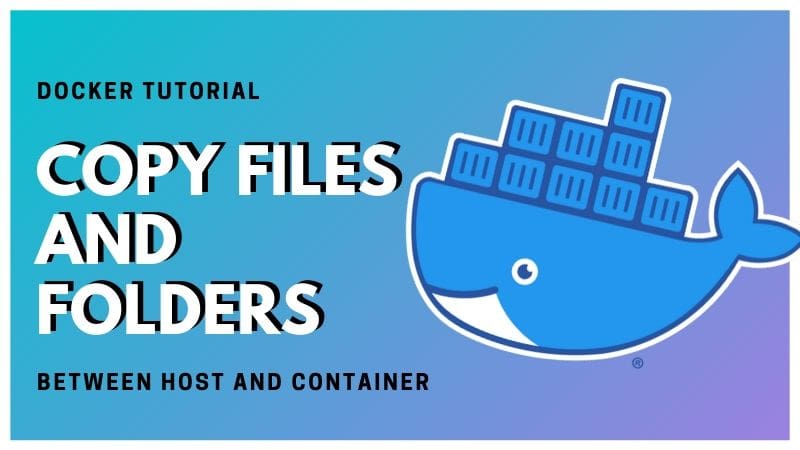
How to Copy Files Between Host and Docker Container
The docker copy command enables you to copy files from host to container and from container to the host. Learn how to use this command.
· Abhishek Prakash

Properly Installing Docker on Ubuntu [Beginner's Guide]
In the first of Docker tutorial series, you'll learn to install the latest version of Docker Engine Community Edition on Ubuntu Linux.
· Avimanyu Bandyopadhyay
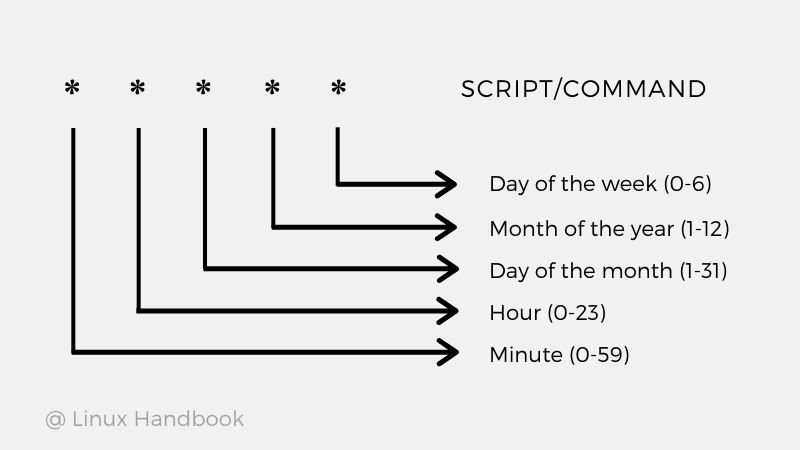
Understanding Crontab in Linux With Examples
Learn the concept of crontab in Linux. See how you can set up cron jobs to automatically run scripts and command at predefined time.
· Christopher Murray

locate Command Examples
The locate command allows you to preform a super quick search for files. In this tutorial, you'll learn how locate command works and how to use it.
· Abhishek Prakash
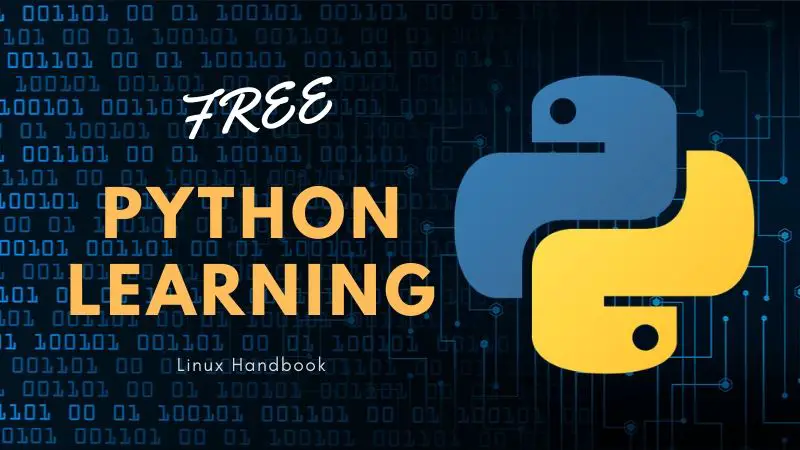
Learn Python For Free With These Courses and eBooks
Wondering how to learn Python for free? We list some of the best Python courses and books that you can use to learn Python online without spending any money.
· Ankush Das

Check Linux Server Vulnerabilities with OpenVAS
OpenVAS is a free and open source tool to check Linux systems for known vulnerabilities. Learn how to get started with OpenVAS.
· LHB Community

Handling System Restart Required on Ubuntu
Seeing *** System restart required *** every time you log on to your Ubuntu server? Here's why you see this and what you can do with it.
· Abhishek Prakash

uniq Command Examples
The uniq command in Linux and Unix is used for removing duplicate lines from a file. Learn how to use uniq command with these examples.
· Christopher Murray

How to Clear Systemd Journal Logs
This quick tutorial shows you two ways to clear systemd journal logs from your Linux system.
· Abhishek Prakash

How to Lock and Unlock User in Linux
How do you lock a user account in Linux? Even more importantly, how do you unlock the user in Linux? Learn various ways of locking and unlocking users in Linux command line.
· Abhishek Prakash
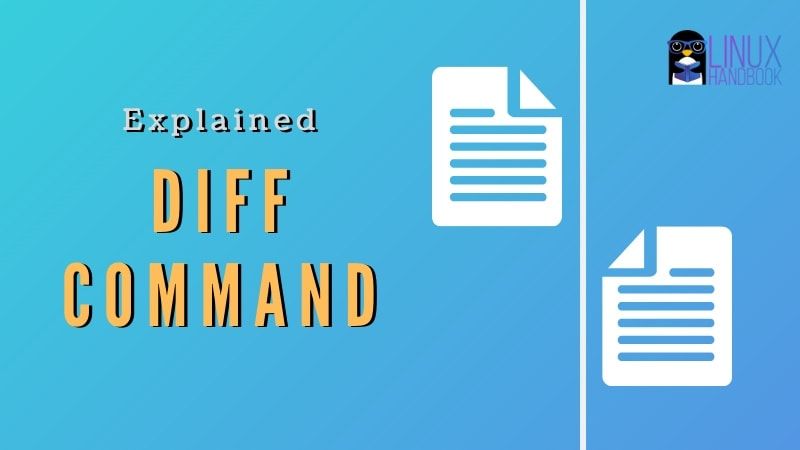
Using Diff Command to Compare Two Files in Linux Terminal
The diff command is excellent for comparing two files in Linux terminal. But its output could see super complicated. We uncomplicate the things by explaining the diff command output.
· Christopher Murray

Practical Examples of the Unzip Command in Linux
Got a zip file in the terminal? Learn how to use the unzip command in Linux with these practical examples.
· Abhishek Prakash
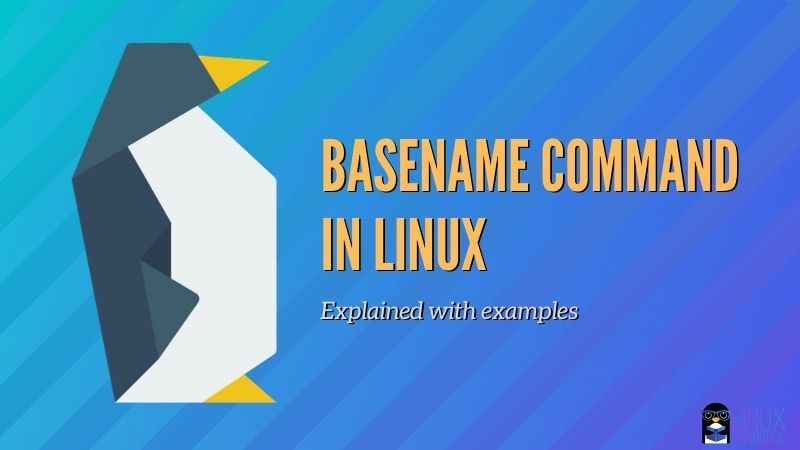
Using Linux Basename Command in Bash Scripts
The basename command in Linux prints the final component in a file path. Learn some practical examples of using basename command in bash scripts.
· Abhishek Prakash

5 Practical Examples of the Read Command in Linux
With read command, you can make your bash script interactive by accepting user inputs. Learn to use the read command in Linux with these practical examples.
· Christopher Murray

Fixing 'Authentication Token Manipulation Error' in Ubuntu Linux
Cannot change user password in Linux because of Authentication Token Manipulation Error? Here are the possible reasons why it happens and how you can fix it.
· Abhishek Prakash

How to Restart Apache in Ubuntu
A quick tip that shows how to restart Apache server in Ubuntu and other Linux distributions.
· Abhishek Prakash

ps Command Examples
The ps command in Linux is used for getting information about running processes. Here are some useful examples of the complicated and extensive ps command.
· Abhishek Prakash

How to Install Vim on Ubuntu
Learn to install Vim on Ubuntu Linux. Also learn to make Vim the default text editor in Ubuntu and Debian based distributions.
· Abhishek Prakash
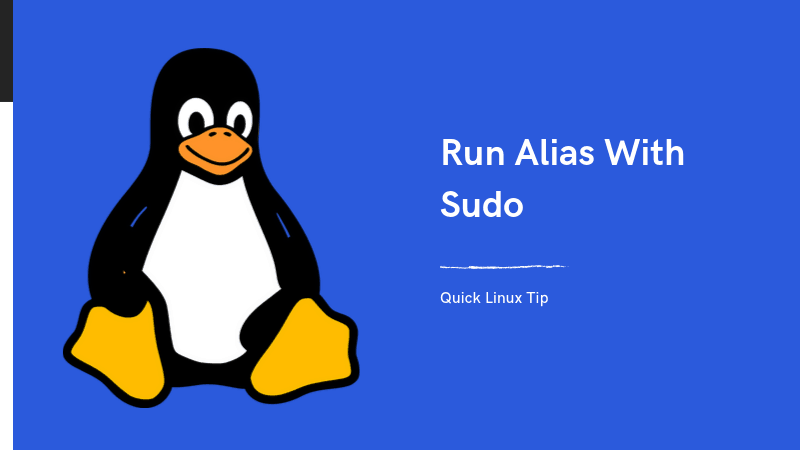
How to Run an Alias With Sudo in Linux
By default, you cannot run an aliased command with sudo. Don't worry. With this neat little tip, you'll be able to run any alias with sudo access in Linux.
· Abhishek Prakash

How to Check if File or Directory Exists in Bash Shell
Here are several ways you can check if file or directory exists in bash shell script. You'll also learn to check if file doesn't exist.
· Abhishek Prakash

How to Clear Swap Memory in Linux
Learn how to clear swap in Linux without losing any important data. Also learn why would you clear the swap manually.
· Abhishek Prakash

Awesome Vim Cheat Sheets to Help You Learn Vim
A useful collection of Vim cheat sheets to help you learn Vim editor faster. You can use them and download them for free.
· Abhishek Prakash
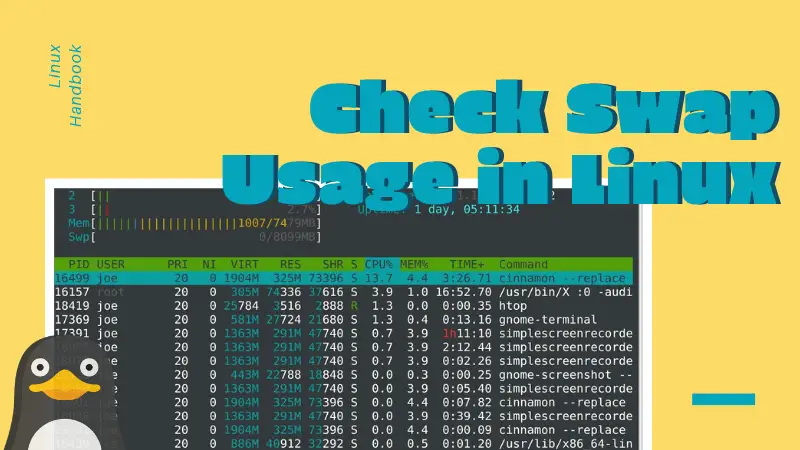
How to Check Swap Space in Linux
Wondering how much swap your system has and how much swap is in use? Here’s how to check swap usage in Linux.
· Abhishek Prakash

dig Command Examples
Dig command in Linux is commonly used for retrieving the DNS information of a remote server. Learn how to use the dig command and understand its output.
· Helder

How to Increase Swap Size on Ubuntu Linux
In this quick tip, you’ll learn to increase the swap size on Ubuntu and other Linux distributions.
· Abhishek Prakash

Use fallocate Command to Create Files of Specific Size in Linux
The fallocate is one of the lesser known commands for creating files. What makes fallocate different then the rest is that it allows you to create files of specific sizes.
· Abhishek Prakash

How to Change Hostname in Debian
This quick tip teaches you various ways to change hostname in Debian Linux distributions.
· Abhishek Prakash

How to Check Which Debian Version are you Running
Wondering which Debian version are you running? This tutorial teaches you several ways to check Debian version in the terminal.
· Abhishek Prakash

How to Know if a User has Sudo Rights
This tutorial shows how to find out if a user is sudoer or not. You'll also learn to list all sudo users on your Linux system.
· Abhishek Prakash

How to see Logged in Users in Linux
Check who is logged in your Linux system with these simple commands. You can also get additional information about logged in users such as their log in time.
· Abhishek Prakash